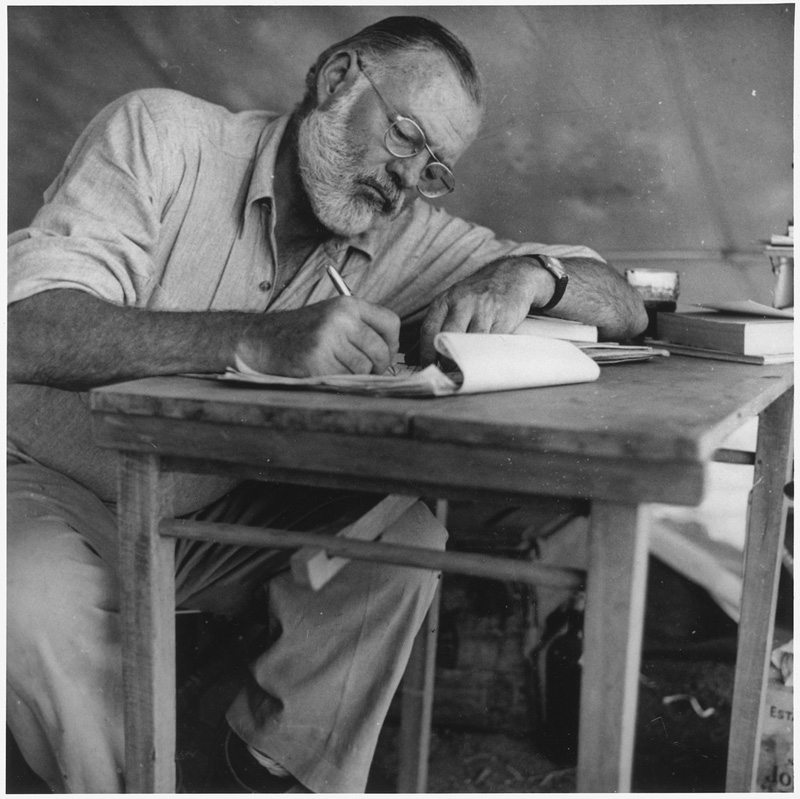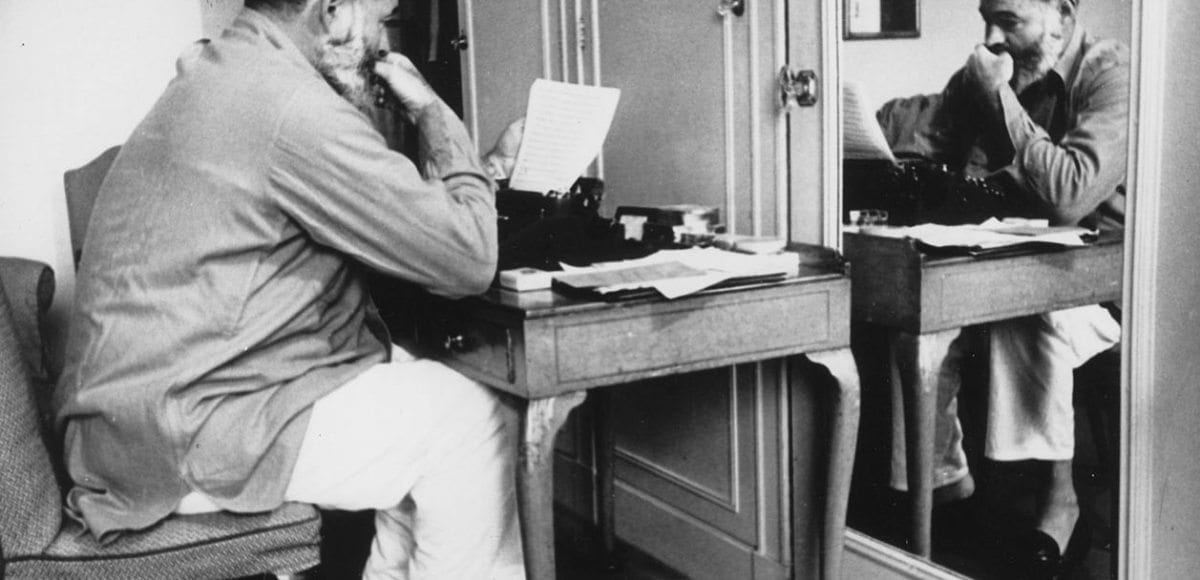In the spring of 1950, Lillian Ross, a reporter for The New Yorker, wrote to Ernest Hemingway asking if she might see him on his upcoming trip to New York City. He replied with a typewritten letter, but in pencil he added, “Time is the least thing we have of.”
Hemingway lived his life by this principle. Above all else, he valued his time and used it well. Although he is most well known as a Nobel Prize-winning author, he was much more: a reporter, an ambulance driver, a world traveler, a hunter, and an amateur boxer. The list is endless.
Throughout his full and colorful life, filled with marriages, fatherhood, and countless adventures, Hemingway had only two steadfast companions: his writing and his wristwatches.
No matter where he woke up—in Paris or his hometown of Oak Park, Illinois—he’d sit and write “as soon after first light as possible.” He enjoyed writing in the morning hours when he was alone, with only his faithful timepiece on his wrist.

His watches accompanied him on every journey, from safaris in Africa to fishing off the Cuban coast. Hemingway was primarily a Rolex man. His vibrant and audacious lifestyle required a timepiece that was sturdy, steadfast, and reliable. He was believed to have owned three different Rolex models: a Bubbleback from the 1940’s and two Oyster Perpetuals from the 1950’s.
Hemingway also received a vintage Hamilton watch for his 55th birthday from his friend Ava Gardner. The two met while living in Spain and connected while commiserating over their failed marriages and personal demons. Gardner had the watch engraved, “Happy Birthday Papa, from Ava, Madrid, 21-7-1954.”
Watches also played an important role in some of Hemingway’s most famous works. In his book Across the River and Into the Trees, he references a Rolex Oyster perpetual in a conversation between the Colonel, the novel’s protagonist, and a young woman:
“It’s just a muscle,” the Colonel said. “Only it is the main muscle. It works as perfectly as a Rolex Oyster Perpetual. The trouble is you cannot send it to the Rolex representative when it goes wrong. When it stops, you just do not know the time. You’re dead.”
And in For Whom the Bell Tolls, Hemingway uses his protagonist’s complicated watch as a symbol throughout the story.
As a man who placed so much value on time, Hemingway was selective about the timepieces he wore. And just as his words endure on the page, Hemingway’s watches serve as a reminder of the importance of time.
Image Credits: Header,1; Wikimedia Commons.
Get More Articles Like This in Your Inbox
We're constantly creating great content like this. So, why not get it delivered directly to your inbox? By subscribing you agree to our Privacy Policy but you can unsubscribe at any time.







Troels Pedersen | February 10, 2018
|
Great article. Hemingway had at least two pocket watches. One from Elgin and one other.
Charles Broughton | March 12, 2017
|
Nice article. It would be even better if you could include pictures of the watch models mentioned in the article, if close up pictures of Hemingway’s actual watches are not available. Cheers.